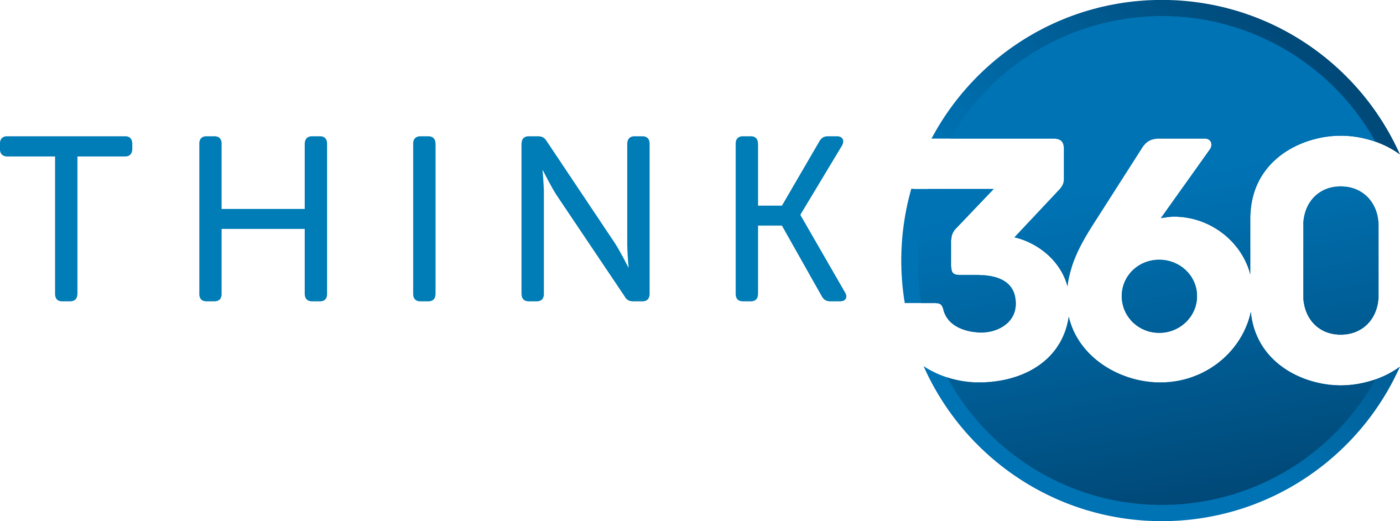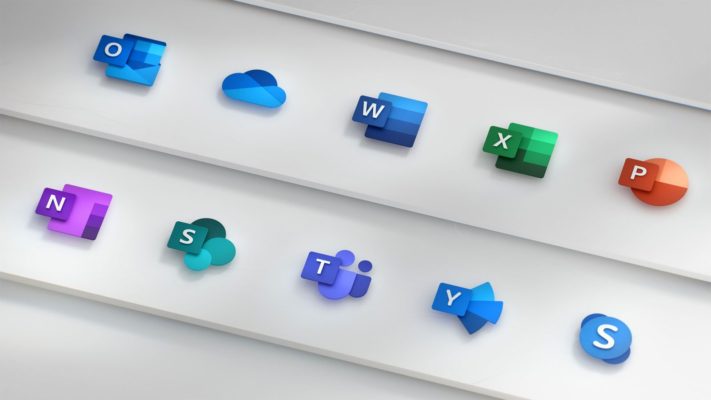Please fill out your details below and one of our team will assist you with you booking.
MS-600T00-AC – Building applications and solutions with Microsoft 365 core services
5 Days
Intermediate
Instructor-led
Overview
About This Course
Building applications and solutions with Microsoft 365 core services course is designed for persons who are aspiring to the Microsoft Teams Application Developer role. In this course, students will learn how to build collaboration solutions leveraging 4 central elements of Microsoft 365 platform: implementing Microsoft identity, working with Microsoft Graph, extending and customizing SharePoint, and building applications for Microsoft Teams. In Implement Microsoft Identity, students will learn to implement Microsoft identity including registering an application, implementing authentication, configuring permissions to consume an API, and creating a service to access Microsoft Graph. In Work with Microsoft Graph, students will learn how to access user data, explore query parameters, manage a group lifecycle, access files, and optimize network traffic using Microsoft Graph. In Extend and customize SharePoint, students will learn about SharePoint Framework web parts, extensions, and how to package and deploy a SPFx solution. In Build apps for Microsoft Teams, students will look at the components of a Teams App, work with webhooks, tabs, conversational bots, and other Microsoft Teams app capabilities. They will also learn to deploy Microsoft Teams apps.
Audience Profile
Students in this course are interested in the Microsoft 365 development platform or in passing the Microsoft Teams Application Developer Associate certification exam. Students should also have 1-2 years experience as a developer. This course assumes students know how to code and have a basic understanding of REST APIs, JSON, OAuth2, OData, OpenID Connect, Microsoft identities including Azure AD and Microsoft accounts, Azure AD B2C, and permission/consent concepts.
At Course Completion
By actively participating in this course, you will learn about the following:
- Implementing Microsoft Identity
- Working with Microsoft Graph
- Extending Microsoft 365 with SharePoint Framework
- Building apps for Microsoft Teams
Prerequisites
- Before attending this course, students should have:
- 1-2 years experience as a developer. This course assumes students know how to code and have a basic understanding of REST APIs, JSON, OAuth2, OData, OpenID Connect, Microsoft identities including Azure AD and Microsoft accounts, Azure AD B2C, and permission/consent concepts.
- It is recommended that students have some experience developing solutions on Microsoft Teams and/or SharePoint Framework through all phases of software development.
Outline
Module 1: Implement Microsoft Identity
In this module, you will learn to implement Microsoft identity including registering an application, implanting authentication, configuring permissions to consume an API, and creating a service to access Microsoft Graph.
Lesson
- Getting Started with Microsoft Identity
- Application types in Microsoft identity
- Permissions and Consent Framework
- Secure custom APIs with Microsoft Identity
- Work with users, groups, and roles in custom apps and APIs
Lab : Implement Microsoft identity
- Exercise – Different types of tokens used in Microsoft identity
- Exercise – Single-page apps
- Exercise – Web apps that sign in users and call APIs
- Exercise – Daemon and non-interactive apps
- Exercise – Understanding permissions and the consent framework in the Microsoft identity platform
- Exercise – Delegated permissions and consent
- Exercise – Application permissions and consent
- Exercise – Create and secure a web API with Microsoft identity
- Exercise – Call secured APIs from web applications
- Exercise – Call secured APIs from daemon apps
- Exercise – Create and secure a web app with Microsoft identity
- Exercise – Utilize security groups in custom apps and APIs secured with Microsoft identity
- Exercise – Leverage application roles in custom apps
After completing this module, students will be able to:
- Register an application in Azure AD
- Implement authentication
- Configure permissions to consume an API
- Create a service to access Microsoft Graph
Module 2: Build apps with Microsoft Graph
In this module you will learn how to access user data, explore query parameters, manage a group lifecycle, access files, and optimize network traffic using Microsoft Graph.
Lesson
- Optimize data usage with query parameters
- Optimize network traffic with Microsoft Graph
- Access user data from Microsoft Graph
- Manage Group lifecycle with Microsoft Graph
- Access Files with Microsoft Graph
- Use change notifications and track changes with Microsoft Graph
Lab : Build apps with Microsoft Graph
- Exercise – Retrieve and control information returned from Microsoft Graph
- Exercise – Expand related entities and search content in Microsoft Graph
- Exercise – Reduce traffic with batched requests
- Exercise – Understand throttling in Microsoft Graph
- Exercise – Avoid throttling and implement throttling strategies
- Exercise – Eliminate polling Microsoft Graph with the delta query
- Exercise – Working with users in the organization
- Exercise -User profiles and related users
- Exercise – Modifying users
- Exercise – Working with groups in the organization
- Exercise – Users and their groups
- Exercise – Manage group lifecycle
- Exercise – Access and download files from OneDrive
- Exercise – Uploading files to OneDrive
- Exercise – Work with file relationships and trends in OneDrive
- Exercise – Azure AD apps .NET core web APIs
- Exercise – Microsoft Graph change notifications
- Exercise – Track changes with Microsoft Graph
After completing this module, students will be able to:
- Access user data with Microsoft Graph
- Work with data using queries on Microsoft Graph
- Manage a group lifecycle on Microsoft Graph
- Optimize network traffic using Microsoft Graph
Module 3: Extend Microsoft 365
In this module you will learn about SharePoint Framework web parts, extensions, and how to package and deploy a SPFx solution. You will also work with Office Add-ins, task pane add-ins, JavaScript APIs, Office UI Fabric, and actionable messages with adaptive cards.
Lesson
- Introduction to customizing and extending SharePoint
- Introduction to Office client customization with add-ins
Lab : Extend Microsoft 365
- Exercise – Create and configure your SharePoint Online developer tenant
- Exercise – Interact with SPFx client-side web parts in modern sites
After completing this module, students will be able to:
- Package and deploy a SharePoint Framework solution
- Utilize consumption of Microsoft Graph
- Work with web parts as Team Tabs
Module 4: Develop apps for Microsoft Teams
In this module you will look at the components of a Teams App, work with webhooks, tabs, and conversational bots.
Lesson
- Overview of building apps for Microsoft Teams
- Task-oriented interactions with messaging extensions
- Tabs in Microsoft Teams
- Create interactive conversational bots
- Collect input with task modules
- Webhooks in Microsoft Teams
- The Microsoft Graph teamwork endpoint
- Authentication and single sign-on in Microsoft Teams
- Deploy your Microsoft Teams app
Lab : Develop apps for Microsoft Teams
- Exercise – Create action command messaging extensions
- Exercise – Create search command messaging extensions
- Exercise – Implement link unfurling messaging extensions
- Exercise – Create a custom Microsoft Teams personal tab
- Exercise – Create a custom Microsoft Teams channel tab
- Exercise – Creating conversational bots
- Exercise – Bots in channels and group chats
- Exercise – Sending proactive messages from bots
- Exercise – Collecting user input with task modules
- Exercise – Using adaptive cards and deep links in task modules
- Exercise – Using task modules with bots
- Exercise – Creating outgoing webhooks
- Exercise – Creating incoming webhooks
- Exercise – Getting started with the teamwork endpoint
- Exercise – Configure a built-in tab with Microsoft Graph
- Exercise – Use Microsoft Graph to post to the activity feed
- Exercise – Implement single sign-on for Microsoft Teams apps
- Exercise – Implement single sign-on with Microsoft Teams tabs
- Exercise – Implement single sign-on with Microsoft Teams bots
- Exercise – Manage apps in the Developer Portal
- Exercise – Upload an app to a user or team
- Exercise – Publish an app to your organization
- Exercise – Automate app deployment
After completing this module, students will be able to:
- Recognize the components of a Teams App
- Work with webhooks in Microsoft Teams
- Create tabs in Microsoft Teams
- Create and register outgoing webhooks
- Create conversational bots
- Use the Microsoft Graph Teamwork endpoint
- Implement single sign-on authentication
- Deploy a Microsoft Teams app
Please enter your details below and we will send you the full course outline.





